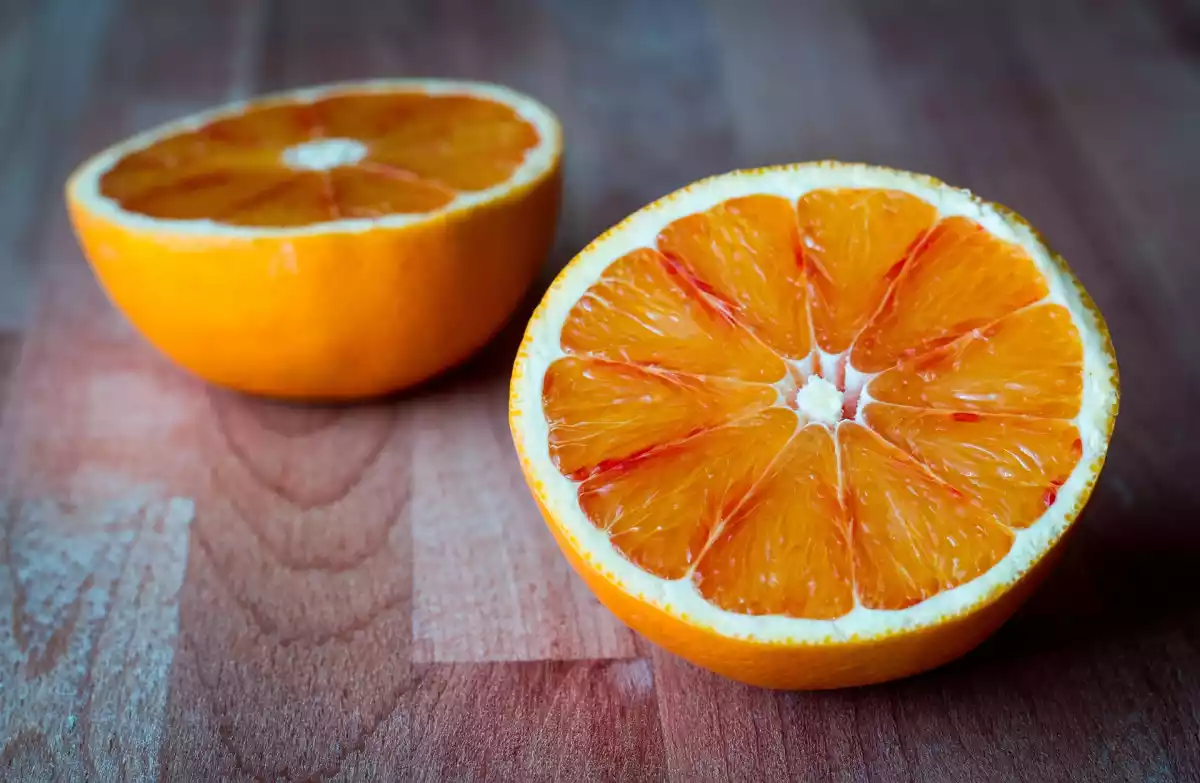Here's why you should save your orange peels instead of throwing them away!

What if the key to better health lay in a part of the fruit we often ignore - its peel? More and more scientists are attesting to the many benefits of orange peel, too often overlooked, for intestinal and general health. But oranges aren't alone in revealing nutritional treasures in their peel. Kiwifruit, pears and other fruits also deserve to be eaten in their entirety to take full advantage of their benefits. We explain why it's time to change our habits and welcome whole fruit into our diet :).
A nutritional treasure
Orange peel is often overlooked. Orange peel is packed with dietary fiber, polyphenols and pectin, a soluble fiber with multiple benefits. It improves digestion, stabilizes blood sugar levels and promotes cholesterol elimination, helping to reduce blood pressure. What's more, bark supports the intestinal microbiota by nourishing beneficial bacteria and limiting the proliferation of harmful micro-organisms.
How to eat orange peel safely?
While the benefits of orange peel are numerous, precautions must be taken when eating it. Pesticide residues present on conventional fruit can be reduced by rinsing the orange thoroughly under water, or by opting for organic products. However, even organic fruit can be exposed to bacteria. For optimum safety, it' s essential to wash with vinegar and water, or scrub under running tap water.
Other fruits to eat with the skin on
Kiwifruit, when eaten unpeeled, offers up to 50% more fiber and nutrients. Similarly, pear skin is rich in prebiotic fiber, beneficial for digestion, as well as flavonoids and phenolic acids, which support cardiovascular health.
Other articles you may be interested in:
 Mathieu Maggiore
Mathieu Maggiore


Comments